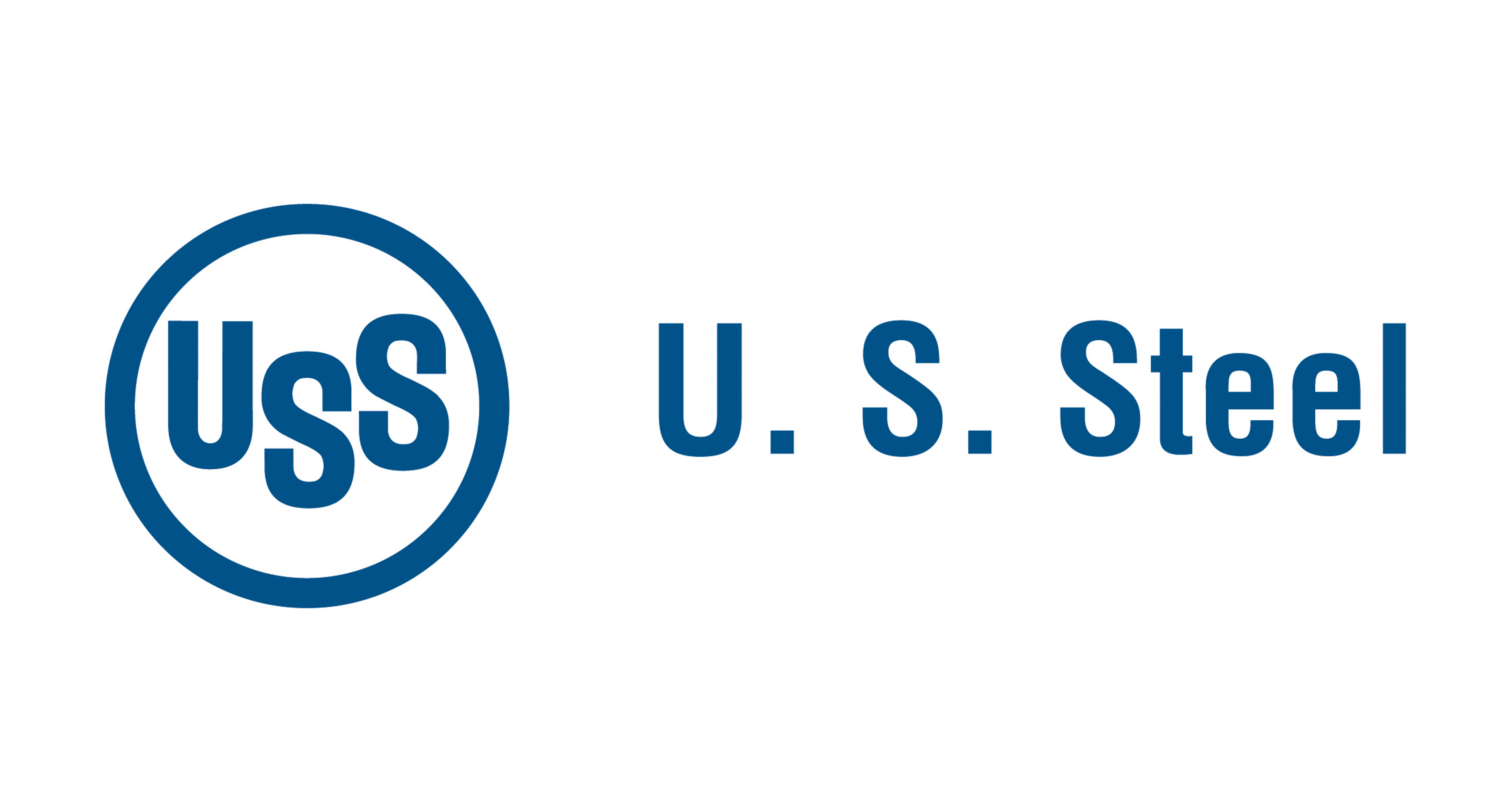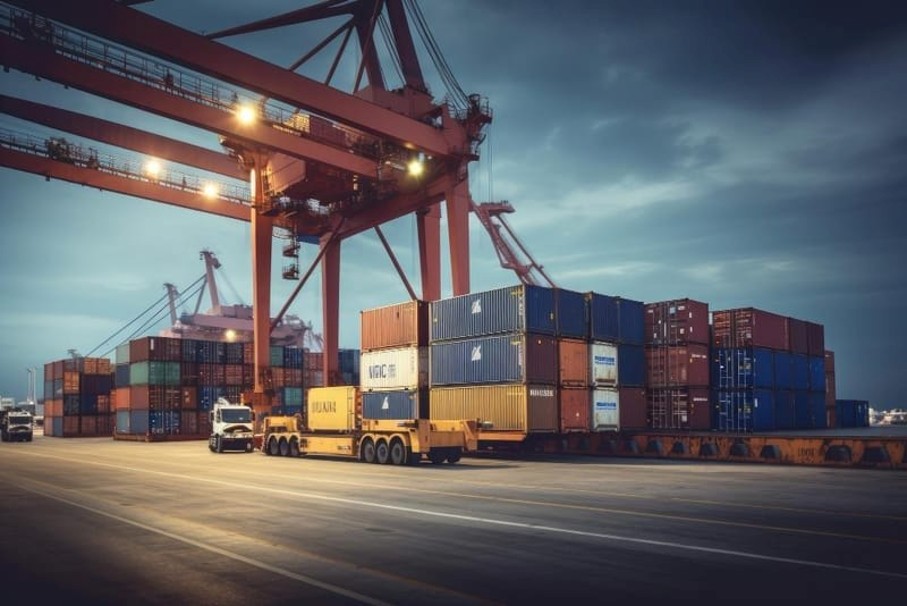Government/Policy
December 11, 2023
Pipe import duties sunset for Brazil, kept for six other countries
Written by Laura Miller
The International Trade Commission (ITC) made its final injury determination in a sunset review of import duties on circular welded pipe from a handful of countries.
While the duties will remain in place for another five years for six countries, the duties are being revoked for Brazil.
The agency found that revoking the existing antidumping and countervailing duties (ADs and CVDs) on the pipe imports from India, Mexico, South Korea, Taiwan, Thailand, and Turkey would likely continue injuring the domestic industry. As a result, those duties will remain on the books for at least another five years.
Earlier this year, the US Department of Commerce found that allowing the duties to expire would lead to the continuation of dumping at margins of 87.83% for India, 1.2% for Mexico, 1.2% for South Korea, 3.91-27.65% for Taiwan, 15.6% for Thailand, and 23.12% for Turkey.
For Brazil, Commerce determined dumping margins of 103.38% would likely persist if the duties were continued.
Despite Commerce’s findings for Brazil, the ITC found that allowing the country’s AD import duties on circular pipe and tube to sunset would not likely injure the domestic industry within a reasonably foreseeable time. Therefore, the duties are being revoked.
The ITC will issue a public report on its findings late in January.
Sunsetting duties on Brazilian steel is now a trend
Allowing import duties on Brazilian steel to sunset while at the same time maintaining duties for other countries has become a trend in recent years.
The ITC allowed duties on Brazilian steel plate to expire earlier this year. And in October 2022, it permitted duties on Brazilian hot-rolled coil to also expire.
This is notable because it could allow the South American country to become a more important sheet, plate, and welded tube supplier to the US market, especially since Brazil does not face a 25% Section 232 tariff. Brazil is instead limited by its Section 232 quota.






